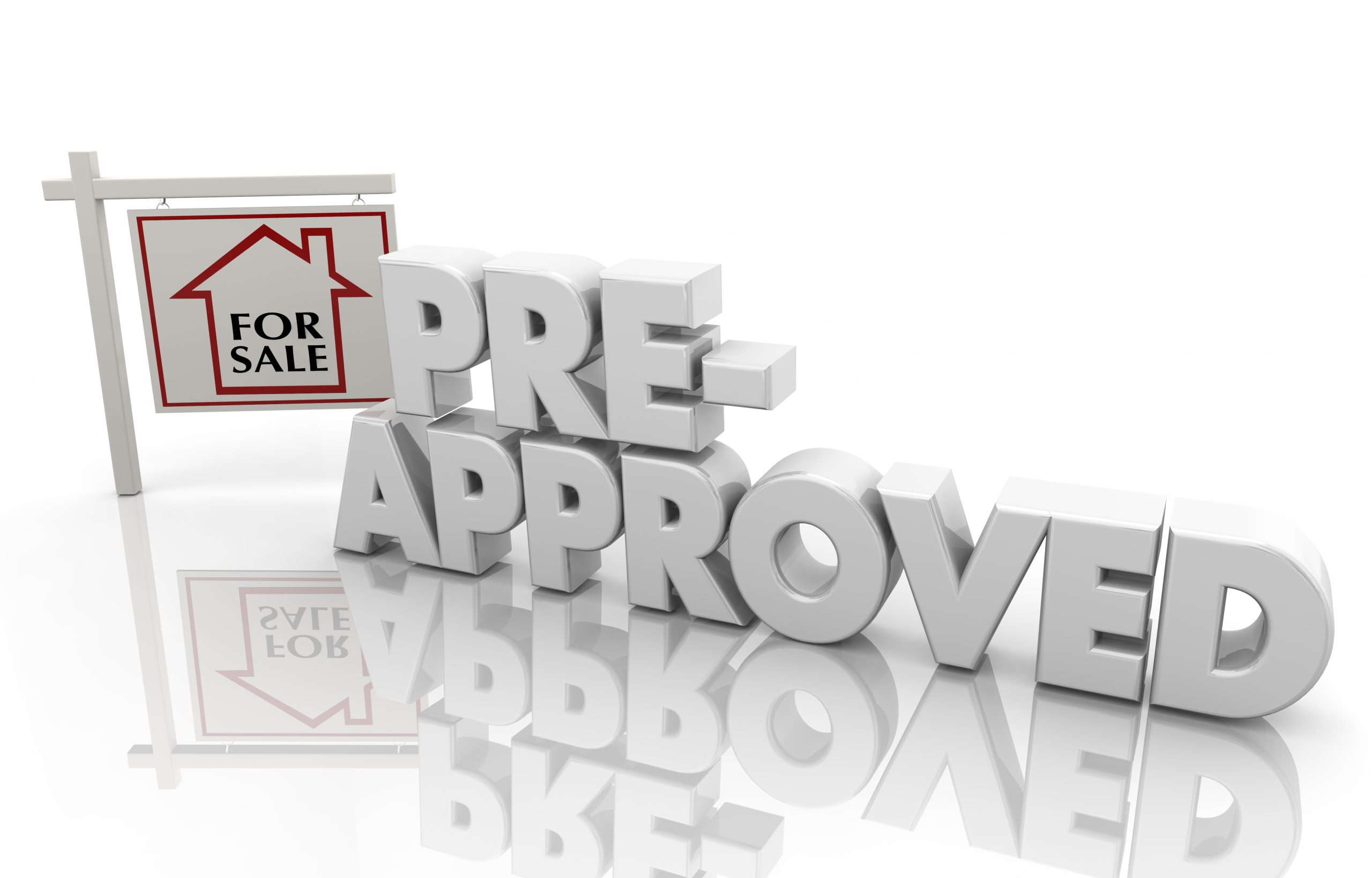Buying a home is one of the biggest financial decisions you’ll ever make—and while it’s…
What Happens If Rates Drop After You Lock?
Mortgage rates can be unpredictable—fluctuating daily, sometimes even hourly. So what happens if you lock in a mortgage rate, and then rates drop before you close?
It’s a common concern we hear at Rapid Home Loan, and the answer depends on your loan type, your lender’s policy, and the type of rate lock you choose.
Let’s break down how rate locks work, what your options are if rates fall, and how to protect yourself from getting stuck with a higher rate than necessary.
🔒 What Is a Mortgage Rate Lock?
A rate lock is an agreement between you and your lender to “lock in” a specific interest rate on your mortgage for a set period—usually 30, 45, or 60 days. This protects you if rates rise before you close, which is especially valuable during times of market volatility.
But what if they go down instead? That’s where things get a little more complicated.
📉 If Rates Drop After You Lock—What Are Your Options?
1. Float-Down Option
Some lenders offer what’s called a float-down option, which allows you to take advantage of a lower rate once during the lock period—usually for a small fee or under certain conditions.
Pros:
-
You can secure the lower rate without starting the loan process over.
-
Protects you in both directions: if rates go up, you’re covered; if they go down, you benefit.
Cons:
-
Not always available.
-
May cost extra.
-
The rate must typically drop by a certain amount (e.g., 0.25% or more) to trigger the float-down.
At Rapid Home Loan, we can advise you on whether a float-down makes sense based on current market trends and your specific loan scenario.
2. Cancel and Reapply
If your lender doesn’t offer a float-down and rates drop significantly, you might consider canceling the current application and reapplying at the lower rate.
But beware:
-
You may lose money on fees already paid (like appraisal or processing fees).
-
It can delay your closing timeline—sometimes putting the entire transaction at risk.
We generally don’t recommend this unless the rate drop is substantial and your lender is unwilling to work with you on a solution.
3. Stick with Your Locked Rate
Sometimes, the simplest option is to honor your original rate lock. If the rate drop is minimal, the potential savings may not be worth the hassle, risk, or added fees of changing course.
We’ll always help you calculate the true cost vs. benefit of changing anything mid-process.
🧠 How Rapid Home Loan Helps You Navigate Rate Fluctuations
At Rapid Home Loan, we take a proactive, client-first approach to rate locks:
✅ Market Monitoring – We closely watch rate trends and recommend when to lock based on data—not guesses.
✅ Transparent Advice – We explain your options clearly and help you decide if a float-down or waiting is in your best interest.
✅ Flexible Solutions – We work with lenders that offer rate lock flexibility when available, so you’re not stuck with a higher rate if the market shifts.
Our goal is to help you lock confidently and close smoothly—with no surprises along the way.
📌 Final Thoughts: Should You Worry About Rates Dropping?
Locking in your rate is about protecting your budget, not trying to time the market. Rates might rise or fall slightly after you lock, but unless there’s a major swing, the differences in monthly payment are often minor.
If you’re concerned about locking at the right time—or want to explore lenders that offer float-down options—Rapid Home Loan is here to guide you every step of the way.





